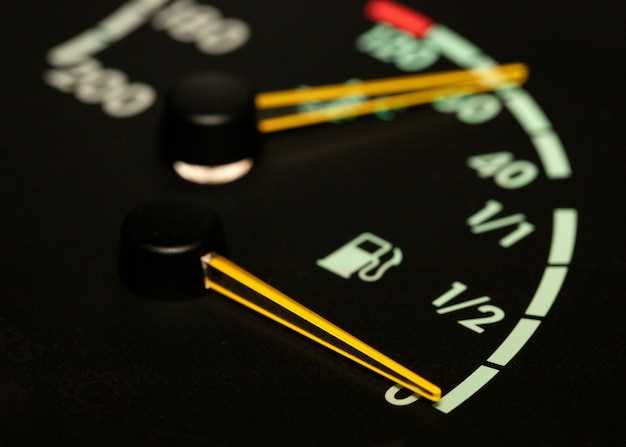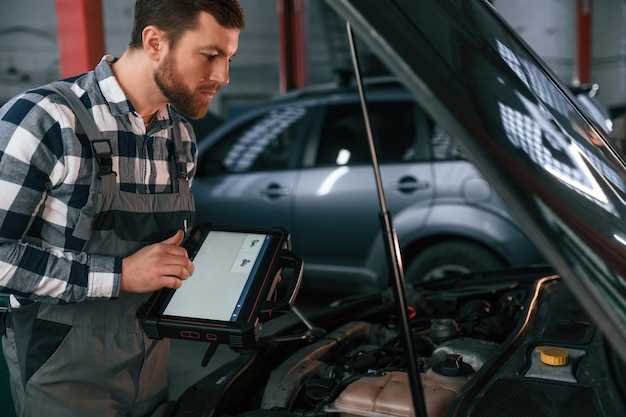
The check engine light (CEL) is a common concern for vehicle owners. It serves as an indicator that something is amiss within your car’s engine or emission system. Understanding this alert and knowing how to respond can prevent costly repairs and ensure your vehicle runs efficiently. Instead of panicking when the light illuminates, learning how to diagnose the issue can empower you as a driver.
In this article, we will explore the essential steps to take when your check engine light comes on. From identifying potential triggers to using diagnostic tools, we aim to simplify the process of understanding this critical aspect of vehicle maintenance. We will break down complex terminology and provide straightforward solutions, making it easier for anyone to tackle their vehicle’s concerns head-on.
Equipped with this knowledge, you’ll feel more confident in addressing engine-related issues and communicating effectively with your mechanic. Join us as we make diagnosing your check engine light a simple and manageable task.
Understanding Common Check Engine Light Codes
The Check Engine Light (CEL) can signal a variety of issues in your vehicle. Each light is associated with a specific diagnostic trouble code (DTC) that helps pinpoint the problem. Below are some common codes and their meanings:
- P0131: Oxygen Sensor Circuit Low Voltage (Bank 1 Sensor 1)
- P0171: System Too Lean (Bank 1)
- P0300: Random/Multiple Cylinder Misfire Detected
- P0420: Catalyst System Efficiency Below Threshold (Bank 1)
- P0442: Evaporative Emission Control System Leak Detected (Small Leak)
- P0455: Evaporative Emission Control System Leak Detected (Large Leak)
- P0456: Evaporative Emission Control System Leak Detected (Very Small Leak)
- P0301: Cylinder 1 Misfire Detected
- P0138: Oxygen Sensor Circuit High Voltage (Bank 1 Sensor 2)
These codes are just the tip of the iceberg. A professional diagnostic tool can read these codes, enabling you to further investigate the causes. Here’s a brief overview of what to do when you encounter these codes:
- Retrieve the code using an OBD-II scanner.
- Refer to a reliable source to interpret the code.
- Check for common symptoms associated with the code.
- Inspect related components based on the code description.
- If necessary, conduct further testing to isolate the issue.
Understanding these common Check Engine Light codes can help you take proactive steps in diagnosing and resolving vehicle issues, ensuring smoother operation and enhancing vehicle longevity.
Using an OBD-II Scanner for Diagnostics

An OBD-II scanner is an essential tool for diagnosing issues reflected by the check engine light. It connects to your vehicle’s On-Board Diagnostics system to retrieve and interpret fault codes that indicate specific problems. By utilizing an OBD-II scanner, you can gain valuable insight into your vehicle’s performance and potential malfunctions.
Step 1: Locate the OBD-II Connector
The OBD-II connector is typically situated under the dashboard, near the driver’s seat. In most vehicles, it is easily accessible, allowing users to plug in the scanner without any hassle. You may need to remove a cover panel to expose the connector.
Step 2: Connect the Scanner
Once you have located the connector, plug in the OBD-II scanner. Make sure your vehicle is in the “On” position, but the engine does not necessarily need to be running. This will allow the scanner to communicate with the vehicle’s computer systems.
Step 3: Retrieve Codes
After establishing a connection, the scanner will prompt you to retrieve Diagnostic Trouble Codes (DTCs). These codes represent specific issues detected by your vehicle’s sensors. Make a note of these codes, as they will help you identify the underlying problems.
Step 4: Interpret the Codes
Most OBD-II scanners come with a user manual or have the capability to provide a description of the codes retrieved. Look up the codes using the scanner’s guide or refer to online databases to understand the nature of the issues. This will allow you to determine whether the problems are minor or require immediate attention.
Step 5: Clear Codes (if necessary)
If you have addressed the issues, the scanner allows you to clear the codes from the vehicle’s memory. This can reset the check engine light. However, it’s advisable to ensure that the underlying issue is resolved before clearing the codes to avoid masking potential problems.
Conclusion
Using an OBD-II scanner streamlines the diagnostic process, saving you time and potentially costly repairs. Understanding the fault codes provides a clear path to troubleshooting, enabling you to make informed decisions about vehicle maintenance and repair.
Identifying When to Seek Professional Help

Understanding when to consult a professional mechanic is crucial for maintaining your vehicle’s health. Certain symptoms and signals indicate that the problem may be beyond a simple fix. If your check engine light is flashing rather than glowing steadily, it typically signifies a serious issue, such as a misfire in the engine that can lead to more extensive damage if not addressed promptly.
Additionally, unusual sounds, such as knocking or grinding noises, can indicate underlying problems that require expert diagnosis. Strange smells, particularly burning odors or the scent of fuel, should not be ignored and warrant immediate attention from a professional.
If you experience noticeable drops in fuel efficiency or difficulty in acceleration, these may indicate significant engine issues that necessitate expert analysis. Furthermore, if the check engine light persists even after you’ve addressed minor issues, it’s advisable to seek help to ensure there are no deeper problems at play.
Lastly, if you lack the tools or experience to perform diagnostics, taking your vehicle to a qualified technician is a prudent choice. Professionals have the necessary equipment to read trouble codes and conduct thorough inspections, ensuring that any issues are accurately identified and repaired.





